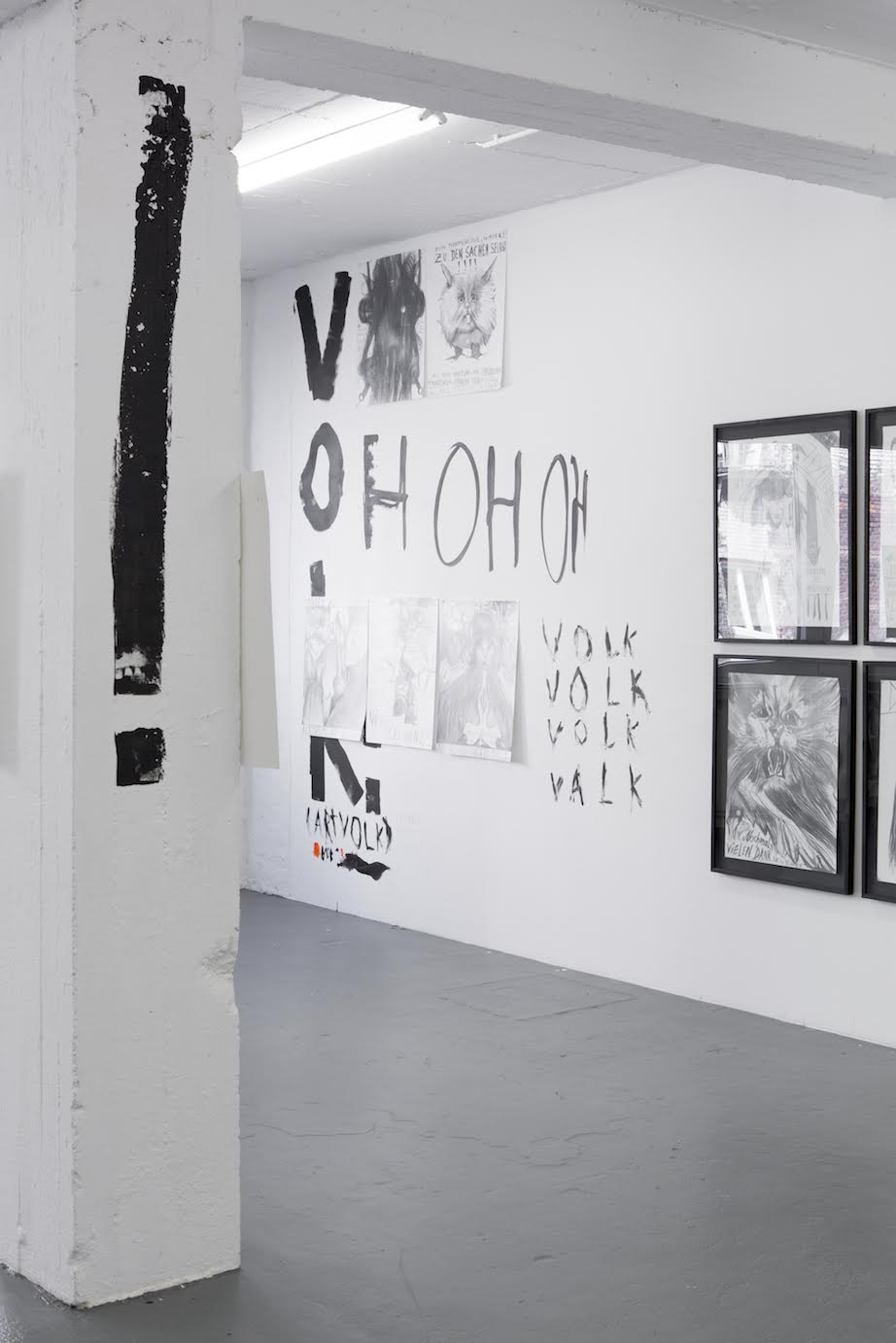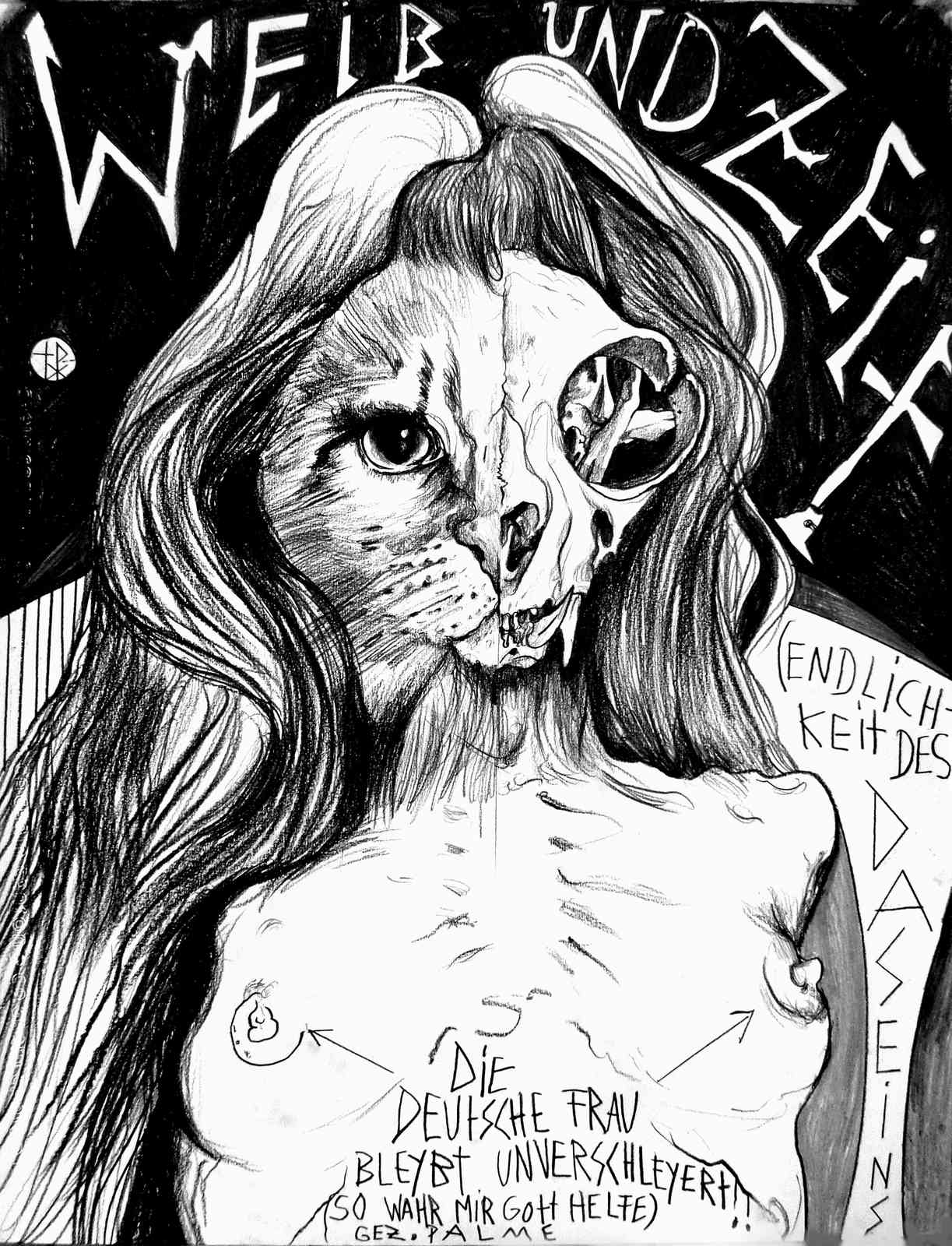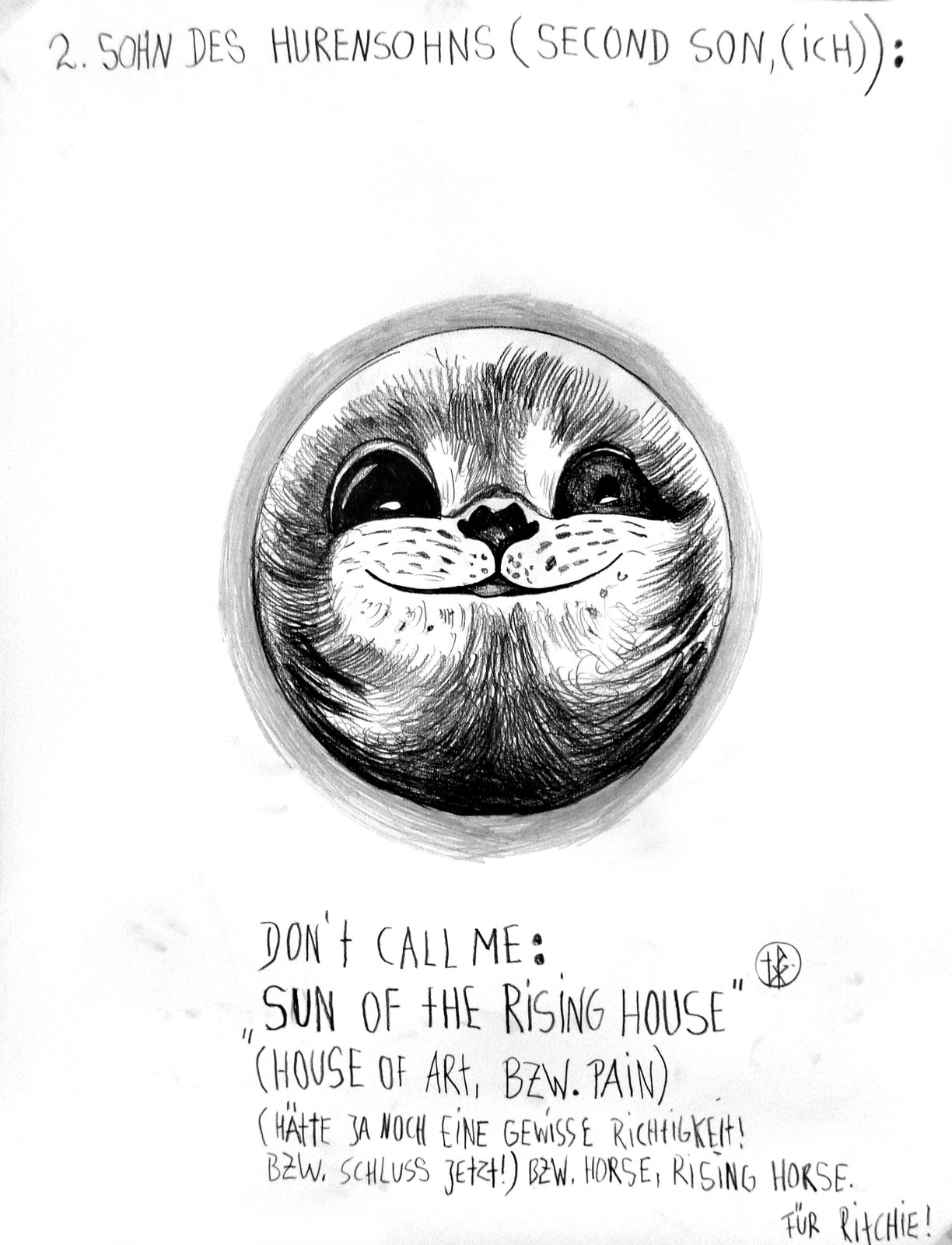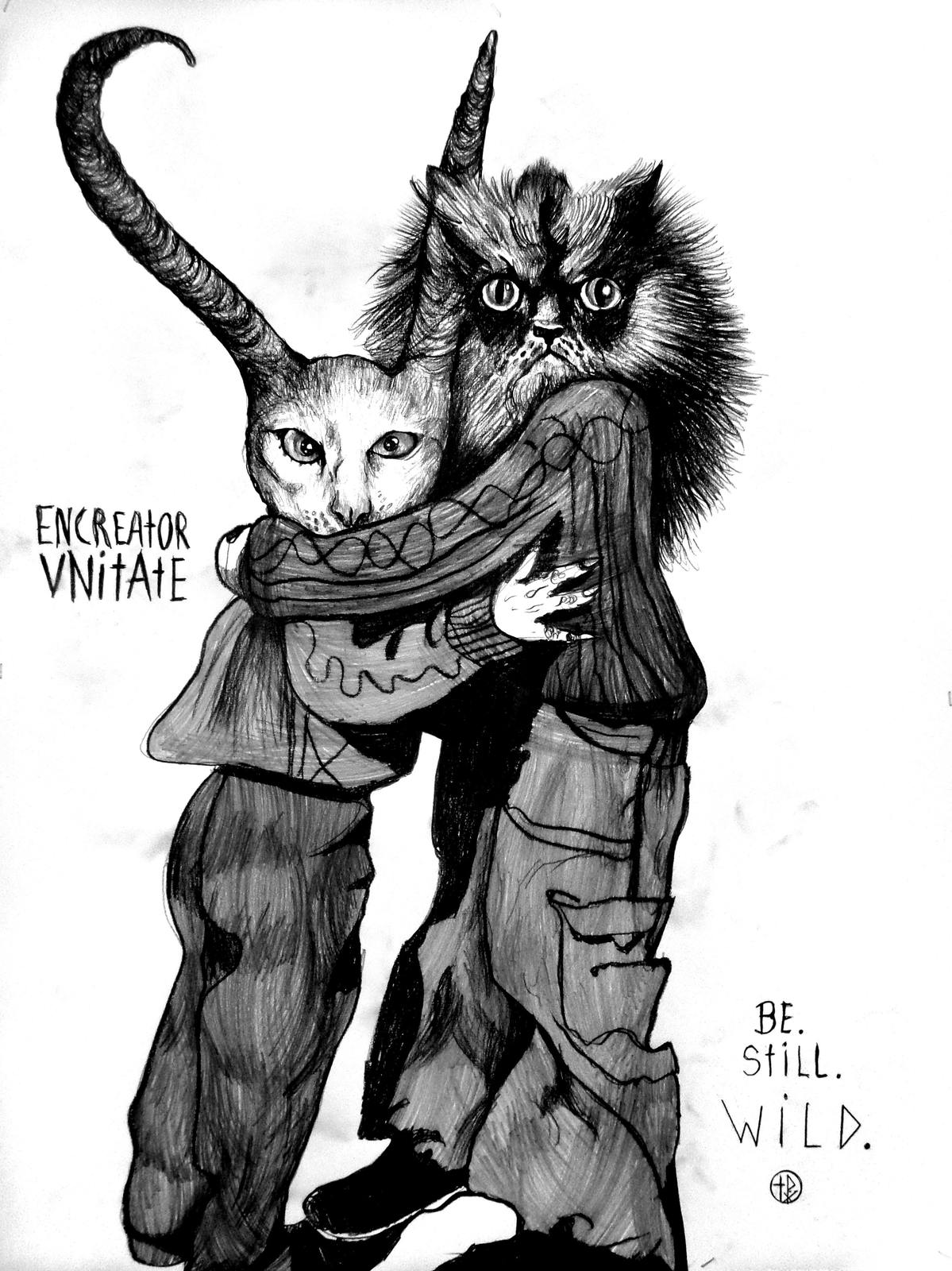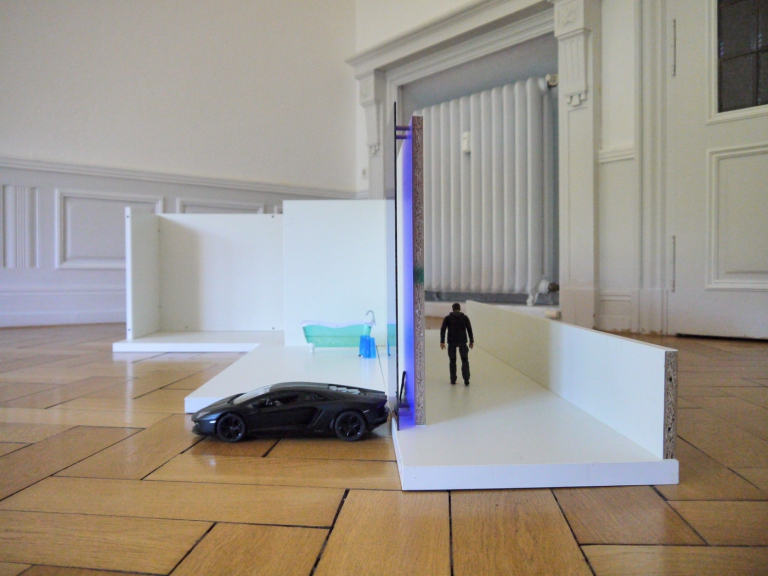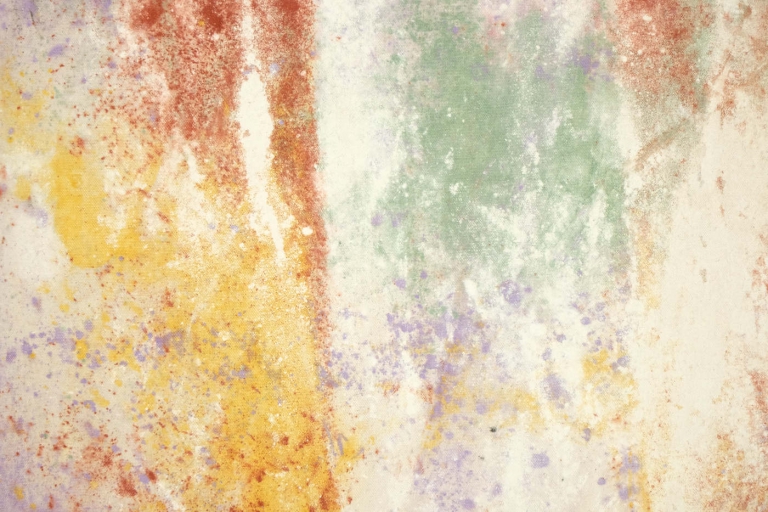Artist: Thomas Palme
Exhibition title: PALM-CAT 666
Venue: MARTINETZ, Cologne, Germany
Date: September 2 – October 14, 2016
Photography: Tamara Lorenz, all images copyright and courtesy of the artist and MARTINETZ
Miaow: Just like the Baroque – only without God.
The Sphinx is a mythological creature composed of the body of a lion, the wings of a bird and a human head, it symbolizes the demon of doom and destruction. The Sphinx can also be understood as an allegory for the eternal human inner struggle, a struggle between the mind and the animalistic needs of the body.
In his current drawings Thomas Palme replaces the human head of the Sphinx for that of a cat, in doing so he plays with its essential nature. It is through this twist that his drawings transmit their surprising impact. Palme’s drawings of the cat heads are however in no way cute, they are powerful and serious in their features and are depicted as magical witches familiars, transporting an air of privilege. They appear proud, untouchable, predatory, and with sly pliancy they draw our gaze in, as if saying, for you there is nothing permeable here, you are too weak for that.
Our gaze is then diverted downwards to the suffering human body below. In these suffering bodies one recognizes the main theme with which Palme’s drawing are concerned: the oppression of man, in both body and soul. The accompanying swan song to the decomposition of the flesh. For many years Thomas Palme has been drawing his graphite tracks on to paper, sometimes with all his strength, visualizing the abyss with every line, then at times with a softness that one only encounters through the celebration of life. Beauty and hate, love and ugliness, these dichotomies provide a contrast found in his 75 x 100 cm drawings.
The clothes that Palme’s cat hybrids wear point to and highlight that his images are concerned with humanity in its entirety, across all generations, genders and class differences. Rags or ostentatious clothing are depicted next to costumes, hunting jackets or yoga suits, he even goes so far as to include puma sport socks. This all encompassing approach correlates with the baroque outlook on the world: who was a fool, who was wise, who was a beggar or an emperor? The baroque engraver asked similar questions of the four sculls with the relevant insignia, from the beggar to the imperial crown. the baroque perspective rises and ends with Christian belief, however Palme’s outlook has no such breaking point. He deals with the suffering of man, just like one finds in the baroque- only minus God.
What remains then when God is removed from the equation? A return to the (individual) body? One only needs to study the flesh-like-pose of his drawings in order to recognize, that Palme demands everything that this ‘idea body’ has to give. From Rodin-like expressive poses, to all possible modes of physical and bodily expression, from lust to pain.
Allusions drawn from Christianity such as Punishment, flagellation, self humiliation, the diabolical and sinfulness are just as legion as physical sexual highs that at times can manifest in strange positions. Essentially, it is like dancing on the rubbish tip of our existence.
At the very least the cat’s features communicate independence and pride. The number 666 in the exhibition’s title and which repeats throughout certain drawings, offers us insight. It is the number of imperfection taken from the Revelation to John. It represents the failure of man in the rejection of God. It is the indication of the wild animal and a humanity that equates to ungodly anti- culture, bringing neither peace nor security.
But Palme’s wild animal is a domestic cat, forever stuck in a animalistic human body that refuses to be marginalized by any form of superiority. Compared to the demonic Sphinx with its feline body and human head, Thomas Palme’s hybrids, with their human bodies and cat heads, seem to present us with a contrast. Here it is not the human spirit raising the animal up to a higher lever but the animal spirit which elevates the human body. A comforting adjustment.
–Arne Rautenberg
Furthermore the exhibition presents three new thematically relevant collaborative pieces by Günter Brus and Thomas Palme.








